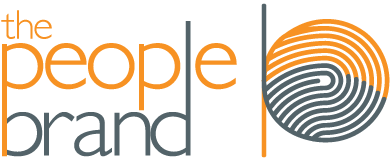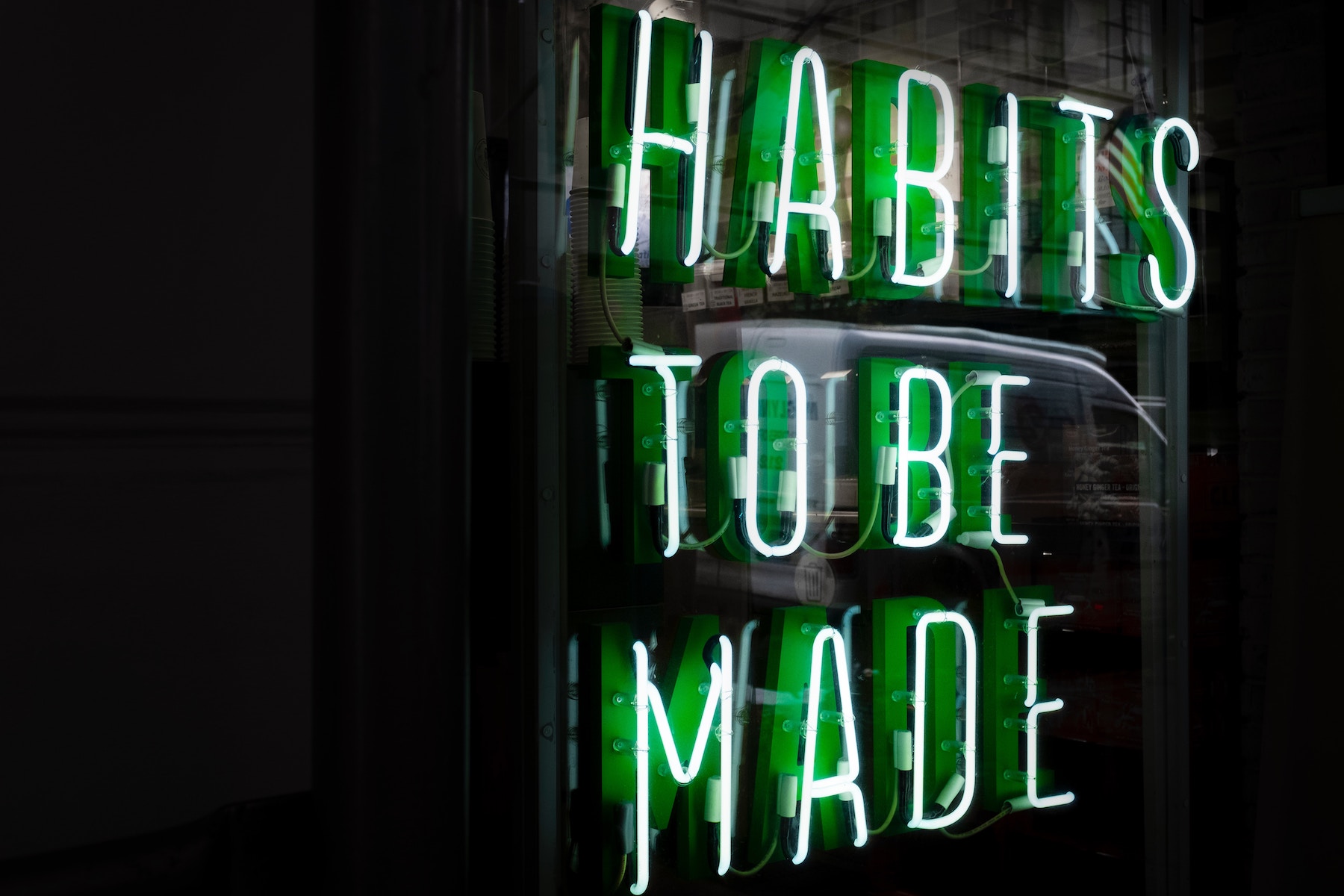In her book The Creative Habit, Twyla Tharp talks about routines individuals can perform to help them expand their creativity.
After so many years, I’ve learned that being creative is a full-time job with its own daily patterns.
~
Over time, as the daily routines become second nature, discipline morphs into habit.
~
The routine is as much a part of the creative process as the lightning bolt of inspiration, maybe more. And this routine is available to everyone.
~
Creativity is a habit, and the best creativity is a result of good work habits. That’s it in a nutshell.
Tharp’s assertions have helped many people harness their creative potential. They adjust their daily behavior and develop creative habits.
For individuals, behavior over time equals habit.
But what about groups, teams and organizations?
As furniture manufacturer Steelcase’s Dave Lathrop explains, group behavior over time equals culture.
The daily behavior of workers and their coworkers will stimulate or repress creativity as they establish the group culture. Influencing those daily behaviors can be tricky, because shaping culture isn’t the same as forming individual habits. One big difference is the heightened need for trust in groups.
Design firm IDEO relies on creativity as they create new products. They propose workplaces need to provide psychological safety in order for people to have what they call “creative confidence.” They put it this way:
When people are comfortable admitting their mistakes, we can learn from our failure, everyone openly shares ideas and this results in better innovation and decision-making.
And this virtuous cycle reinforces itself.
Leaders often try to improve their creative culture by hiring creative people. Yet they damage the creative ability of the culture if they–or the creative people they hire–break the trust of others. This often happens when leadership’s actions don’t back up their words. It also happens when ideas from employees are shot down or disregarded. These types of actions make the psychological space feel unsafe and discourage workers from being willing to share ideas or take creative risks.
And this vicious cycle reinforces itself.
Employers need to do more than hire creative people or promote creativity as a “core value.” They need to develop a sense of trust so there is psychological safety that is essential for a creative culture. People typically won’t trust those who don’t understand them, so developing trust begins with empathy. This isn’t about sitting around campfires singing Kumbaya. Empathy is a leadership skill, one which is lacking in most business cultures, and it requires practice.
There are lots of ways to develop the skill of empathy, but here is some actionable advice from IT organization EDUCAUSE:
To start using empathy more effectively, follow these guidelines: listen, ask, and examine.
Listen to the entire message the other person is trying to communicate, using these faculties:
- Ears — to hear what’s being said and the tone that’s being used
- Eyes — to interpret body language
- Instincts — to sense what’s really being communicated
- Heart — to connect with how the other person feels
Ask yourself what the other person would do. When in doubt, ask people to explain their position. This is probably the simplest — and most direct — way to understand someone else. It really is okay to ask.
Quick aside: Innovation expert Warren Berger reminds people to check their tone when asking questions. He encourages them to be sure to be “bringing a positive mindset and pushing your team to draw learnings from every failure.”
Don’t forget to examine your own attitude. Are you more concerned with getting your way, winning, or being right? Or is your priority to find a solution, build relationships, and accept others? With an open mind and attitude, you can make room for empathy to flourish.
– via Educause (emphasis mine)
So, if you’re wondering why your workplace culture doesn’t inspire creativity and innovation, you may not need to spend several thousand dollars on redesigning your space, or buying the latest technology. You may need to simply begin by listening.
It will take time, but exhibiting empathy will earn trust. When leaders model this behavior, they can encourage it and it will impact the culture. Then you can ask employees to share ideas and take creative risks, as they increase their “creative confidence” knowing they can try things that might not work. The emphasis becomes more about experimentation and less about predictable success, resulting in increased innovation.
The behaviors of trust, sharing ideas and taking creative risks become a part of your culture.
Because behavior over time equals culture.
And that time can start now.

